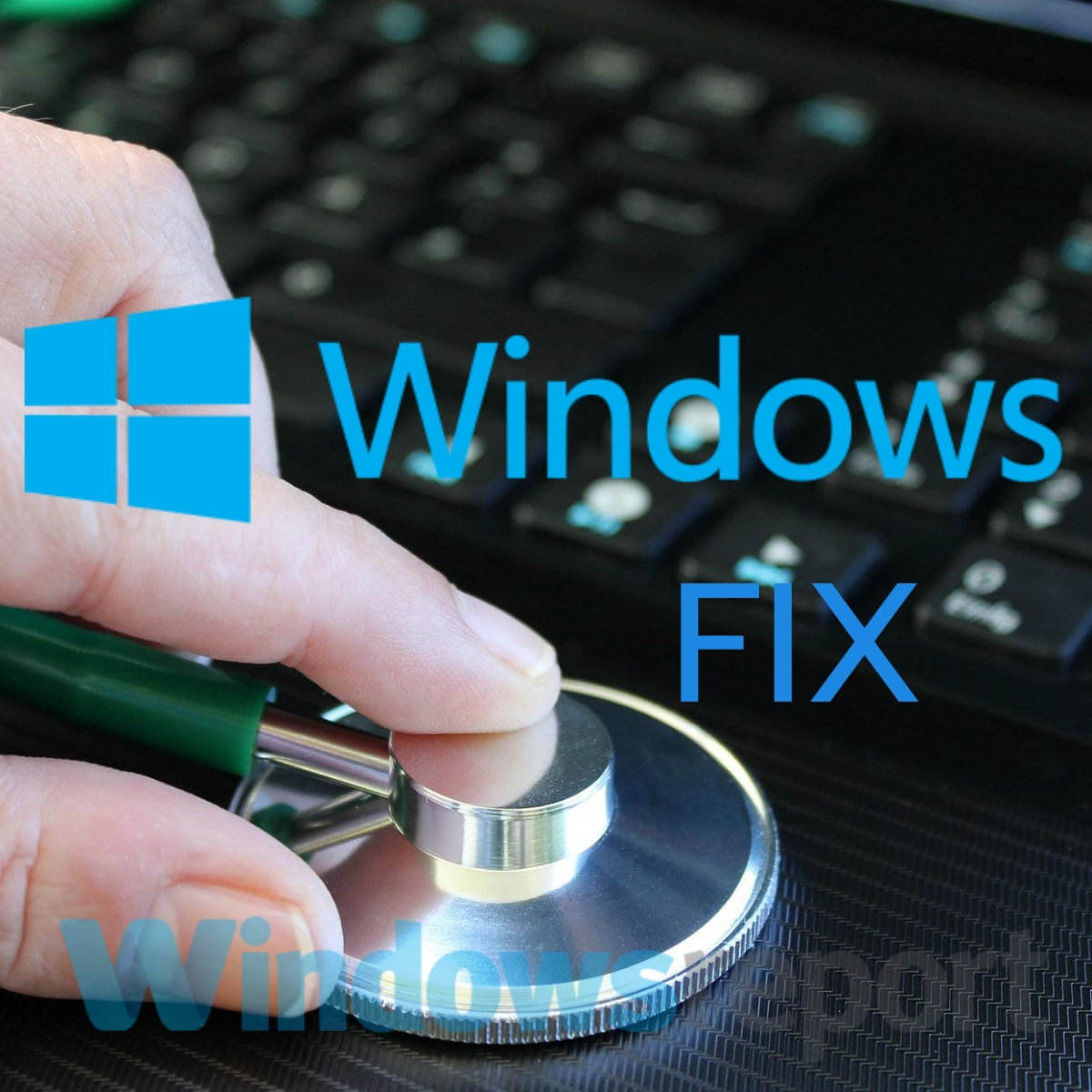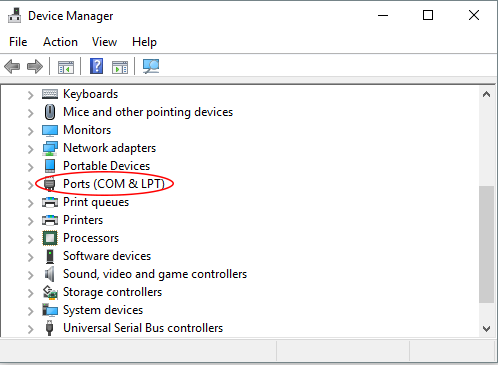Installing the virtual COM port driver software on a computer makes possible CAT communication via a USB cable to the SCU-17 or an compatible transceivers. This will allow computer control of TX (PTT, KEY, FSK), and the audio In/Out interface (except the FT-891). The CP210x USB to UART Bridge Virtual COM Port (VCP) drivers are required for device operation as a Virtual COM Port to facilitate host communication with CP210x products. These devices can also interface to a host using the direct access driver. USB Driver: IC-705: Version 1.00: 2020/07/31: USB Driver: IC-705/ID-52A/ID-52E: Version 1.11: 2020/11/20: Firmware: IC-7100: Release E5: 2016/01/15: Setting data file (Original Repeater list) IC-7100: 20130615: 2016/01/26: Setting data file (Original Repeater list) IC-7100: 20130615: 2016/01/26: USB Driver. Aug 15, 2018 Icom USB 3.0 Supported - Changes in this version Windows 10 version 1803 (April 2018 update) is now supported.USB DRIVER INSTALLATION GUIDE.
IC-7300 USB port settings
Until recently, it has been necessary to change your PC data output to fit your transceiver’s specifications when you operate RTTY. This is because the transceiver does not directly accept signals output from the PC’s COM port. Therefore, you needed to use an interface unit between the transceiver and your PC. The interface unit adjusted the signals levels or signal format.
Now, certain Icom transceivers have built-in RTTY mode. You can simply operate the modes with only your Icom transceiver itself. However, some users operate those modes with their PC connected through a USB cable to synchronize with other software applications.
To connect between your Icom transceiver and PC through a USB cable, you do not need to think of signal level or signal format, and you do not need an interface unit to connect both units. Therefore, the connection becomes very simple.
The USB port is used not only for RTTY and logging software operation, but also to remotely control the transceiver from a PC using the CI-V commands, to enter content into memory and to make settings using optional Icom cloning software.
Note that a USB driver installation is required to connect the above transceivers to your PC. The USB driver for Microsoft® Windows® PC can be downloaded from our website at: http://www.icom.co.jp/world/support/download/firm/
Refer to your transceiver’s instruction manual for details on downloading the USB driver, and refer to the USB driver installation guide about installing the driver.
This document describes only the concept of PC or network settings. Refer to your PC or software manual, or contact to their respective support center about the PC, software, or network settings. Please note that Icom cannot provide support for your PC, software, network or their proper settings
ABOUT «DTR» AND «RTS»
When connecting the above Icom amateur base transceivers to a PC using a USB cable, and operating an RTTY or logging software application, set either the «DTR» or «RTS» items in the transceiver Set mode settings of «USB SEND,» «USB Keying (CW),» and «USB Keying (RTTY).»
DTR stands for Data Terminal Ready, and RTS stands for Request To Send. They originated from the RS-232C standard, which is a unified standard for the control signal line.
The SEND and CW/RTTY keying signals from the PC through the DTR and RTS terminals of the RS-232C port or the sound card are applied to the ACC socket on the transceiver. On some transceivers with an RS-232C port, these signals are directly applied from the DTR and RTS terminals on the PC’s RS-232C port through an RS-232C cable.
Recent PCs have a USB port instead of an RS-232C port. To allow an easier connection and mutual communication, a USB port is also built into the transceiver.
With using an RS-232C communication port, signal lines such as RTS and DTR are needed to exchange data between the PC and the transceiver. However, there are no DTR and RTS terminals on a USB port.


RTS and DTR terminals of the RS-232C can be found in the
Serial-USB converter as shown in Figure 1-6. The data from the [USB B] port is output to these terminals in this Serial-USB converter.
The RTTY/logging software application sets the output terminal, either RTS or DTR, for each SEND and CW/RTTY keying signal. In other words, the software sets the SEND and CW/RTTY keying signal output terminal of the Serial-USB Converter inside the transceiver.
On the other hand, the transceiver’s set mode items, «USB SEND,» «USB keying (CW)», and «USB keying (RTTY),» selects either the RTS or DTR port of the Serial-USB Converter to capture SEND, CW/RTTY keying signal, respectively. (Except «OFF»)
Therefore, the settings will succeed when the same terminal is set between the transceiver’s «USB SEND,» «USB keying (CW),» and «USB keying (RTTY)» and software’s SEND, CW keying, and RTTY keying, respectively.
Note that the setting item name may differ, depending on the software being used.
For example, «PTT» or «Transmit» may be used instead of «SEND,» «FSK» may be used instead of «RTTY.»
Therefore, properly set these items by also referring to the software manual or help files.
For your information:
The «USB SEND» item is a setting to switch the transceiver’s transmit and receive. So, the terminal must be set to the same setting as that in the software. If a different terminal or OFF is set in the transceiver’s set mode, the software cannot toggle between transmit and receive.
Drivers Icom Port Devices Free
Note that the transceiver will transmit when the USB SEND line inside the transceiver’s CPU becomes High. (The transceiver transmits with the inverted logic from the SEND jack, or SEND line of [ACC].)
ABOUT LINK SETTING FOR BETWEEN USB PORT AND REMOTE JACK

You can switch USB port and [REMOTE] link ON and OFF in the above Icom’s amateur base transceivers. In case the transceivers that two COM ports are recognized, the link setting is available for only USB1.
The default setting of this item is «Link to [REMOTE].»
This setting is selected when using the Transceive function by outputting the control signal from [REMOTE] after converting the communicating data at the USB port to CI-V data, or when operating the existing remote control system with the optional CT-17. In this case, the USB port communication speed is limited to 19,200 bps because the [REMOTE] jack’s maximum communication speed is 19,200 bps.
Thus, Icom strongly recommends the setting of «Unlink to [REMOTE]» in cases other than those above. By using «Unlink to [REMOTE],» you can operate the USB port with a speed of up to 115,200 bps.
IMPORTANT: Set to «Unlink to [REMOTE]» when using the spectrum scope function of RS-BA1 with the IC-7300, or IC-7851 through a USB cable. Otherwise RS-BA1 spectrum scope will not function since the data transfer speed of the USB port is insufficient for the amount of data required by the spectrum scope.
Related Posts:

For most devices, the Ports device setup class and the Serial function driver provide the functionality required to operate serial ports and COM ports. To install serial ports and COM ports using these system-supplied components, do the following:
Download Icom IC-7300 Transceiver USB Driver 1.20 For Windows ...
Provide an INF file that specifies the Ports device setup class and the Serial function driver as the service for the port.
To configure a serial port as COM port, comply with the requirements that are defined in Configuration of COM Ports.
Download Database - Icom America

For more information about installing serial ports and COM ports using the Ports device setup class and the Serial function driver, see the following topics:
How To Identify Com Ports In Windows10 - Microsoft Community
If you do a custom installation of a COM port, you must comply with the COM port requirements that are defined in Configuration of COM Ports.